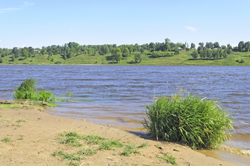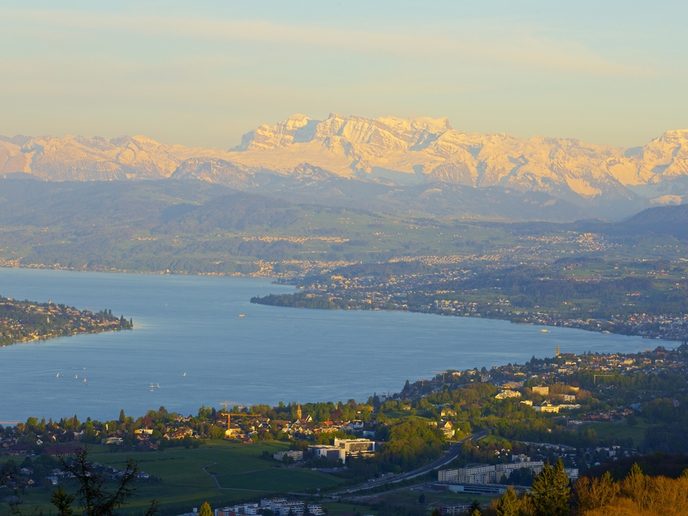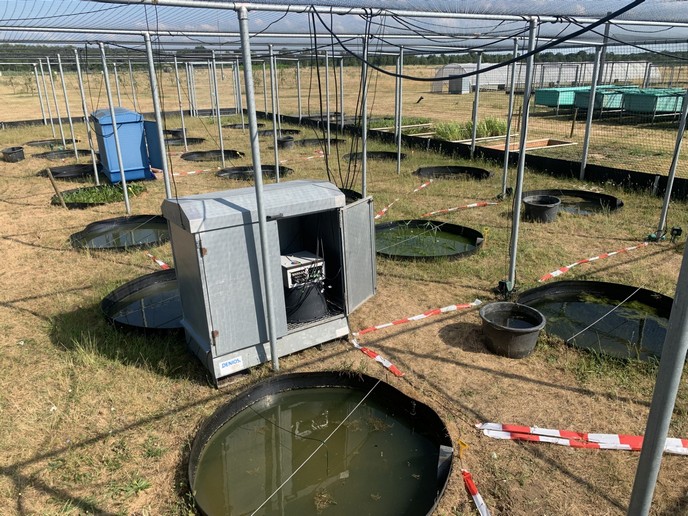Impact of contaminated sediments in rivers
The SEDSRES project developed an integrated approach for measuring sources and removal times of contaminated sediment in river basins affected by industrial, mining and agricultural pollution. Field sampling was carried out in the catchment of the River Tamar in south-west England. The region is an agricultural one with a history of metal mining, making it ideal for investigating key sediment-associated pollutants.Laboratory analysis used sediment tracers to measure the transport in suspension of different sediment sources and associated contaminants stored in water channel deposits. The removal time of contaminated sediments was estimated in order to provide a time scale for river and catchment recovery from sediment contamination. The Australian soil erosion model SedNet was used for the first time in a European context. This provided unique insight into the way river basins respond to land use and recent environmental change not otherwise possible from conventional monitoring alone.While considerable effort is being made to reduce the amount of diffuse water pollution from agricultural land (DWPA) in rural lowland catchments, little attention has been given to the potential role of sediments stored in channels. This knowledge gap could compromise management of the catchment. Therefore, the work conducted by the SEDSRES project will directly contribute to improving catchment management decision making. It will also help achieve EU Water Framework Directive (2000/60//EC) goal calling for United Kingdom rivers to reach good ecological status by 2015.







